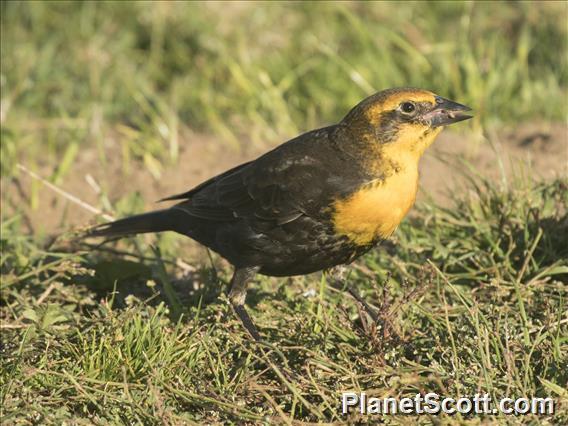Yellow-headed Blackbird (Xanthocephalus xanthocephalus)

Yellow-headed Blackbird (Xanthocephalus xanthocephalus)
×


Yellow-headed Blackbird (Xanthocephalus xanthocephalus)
About Yellow-headed Blackbird (Xanthocephalus xanthocephalus)
- Kingdom: Animals
- Phylum: Chordates
- Class: Birds
- Order: Perching Birds
- Family: American Blackbirds and Orioles
The yellow-headed blackbird is a medium-sized blackbird with a yellow head.
Source: Wikipedia
Trips
Visits
-
2012-05-20
Pyramid Lake, United States of America -
2012-07-10
Chase Lake NWR, United States of America -
2012-07-11
McKenzie Slough, United States of America -




